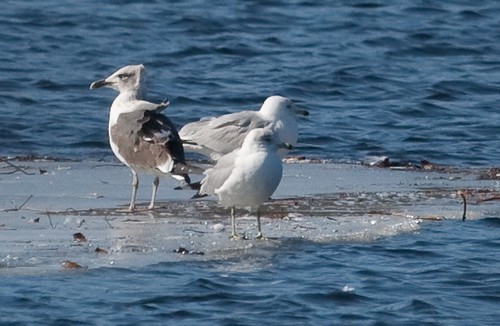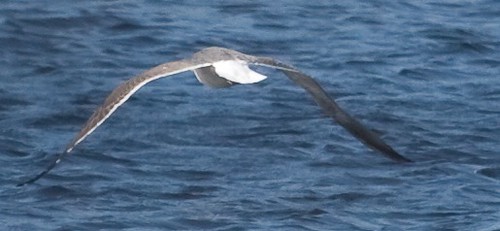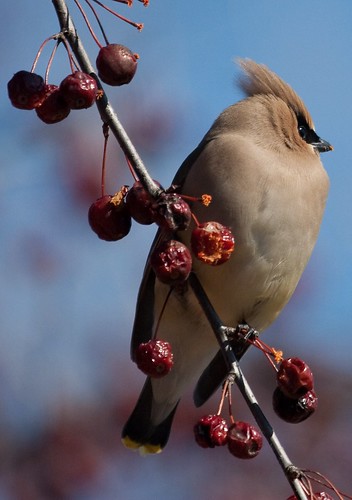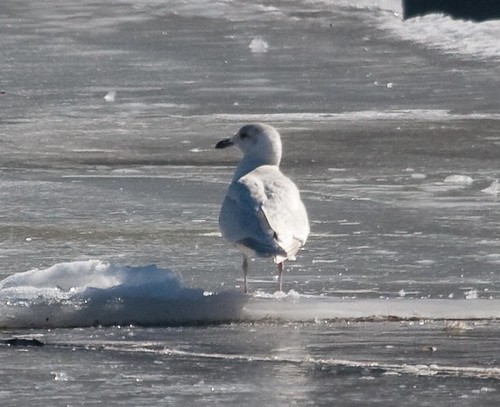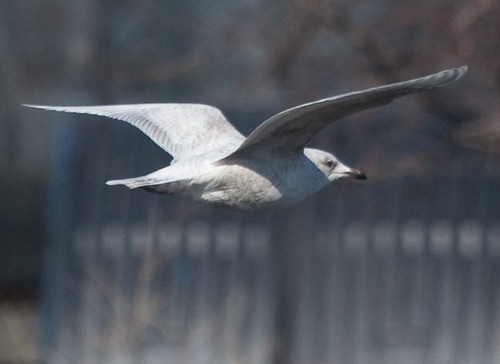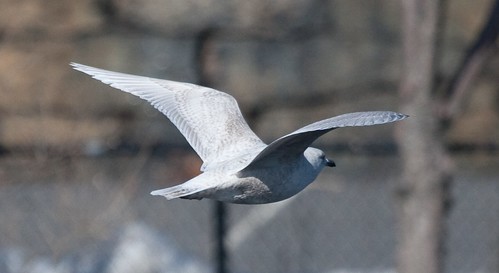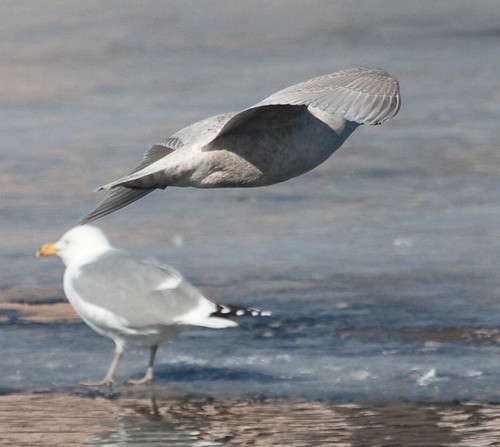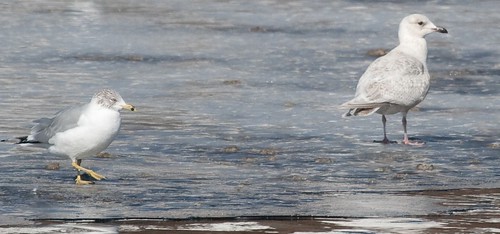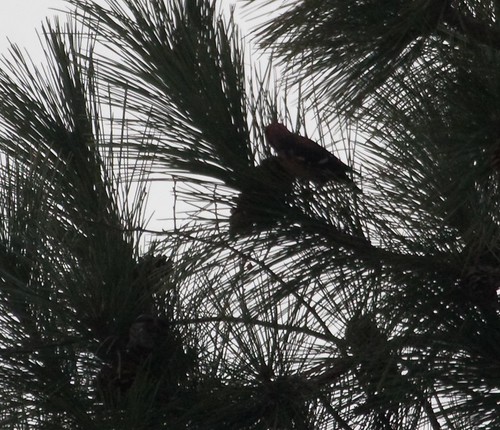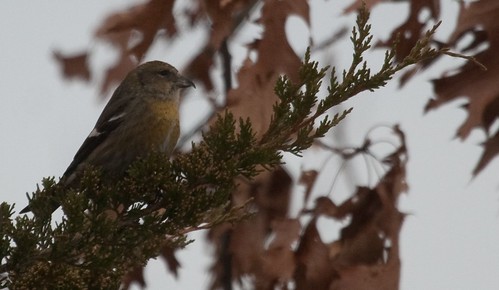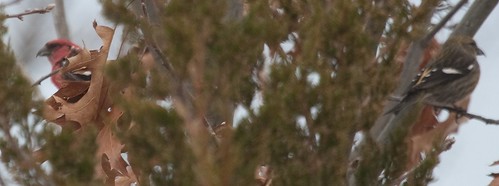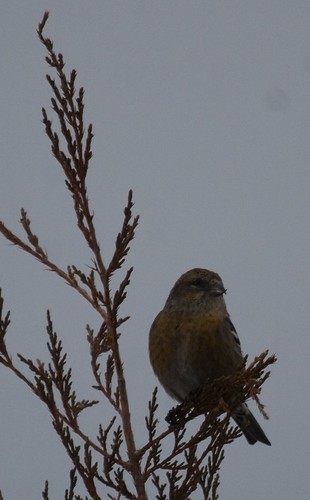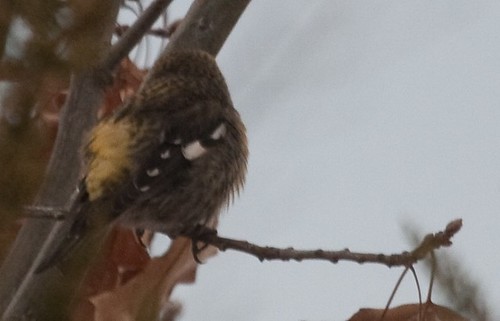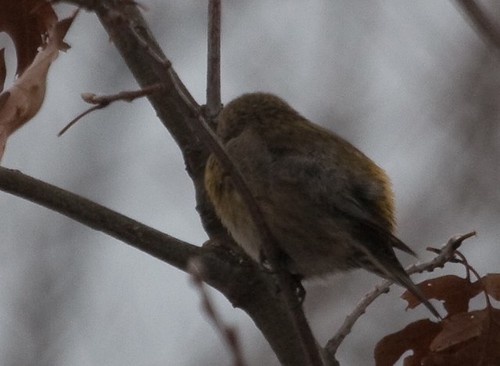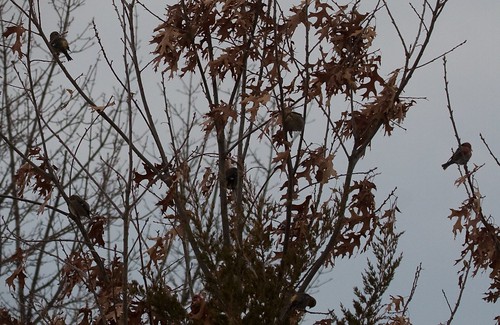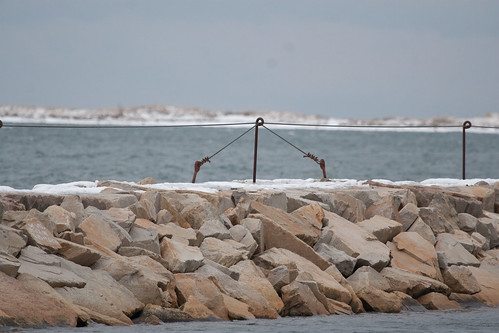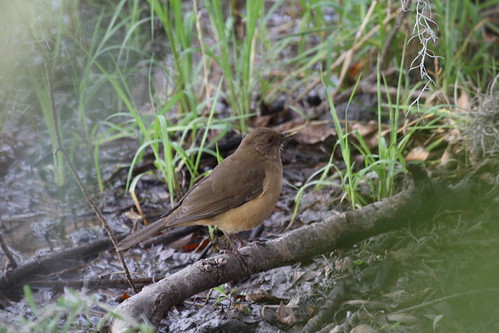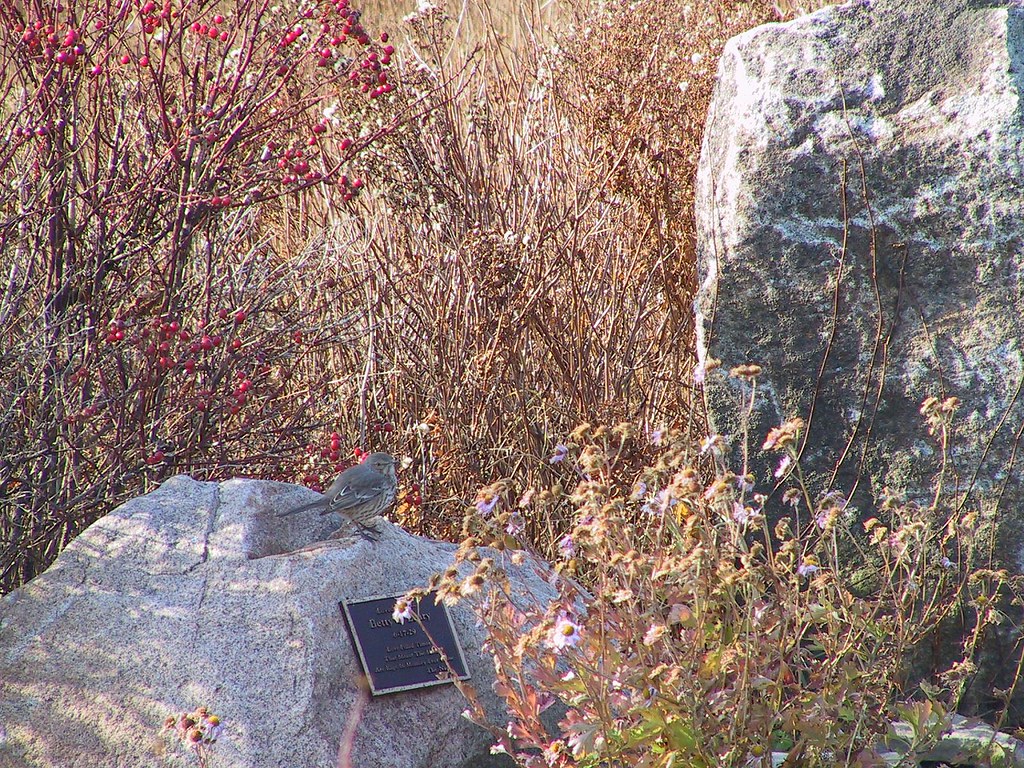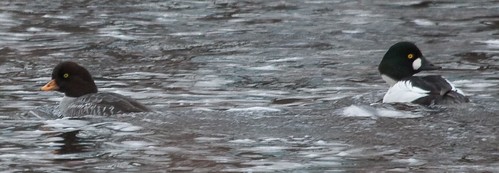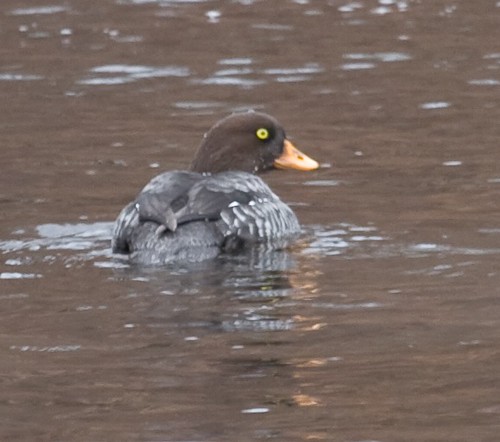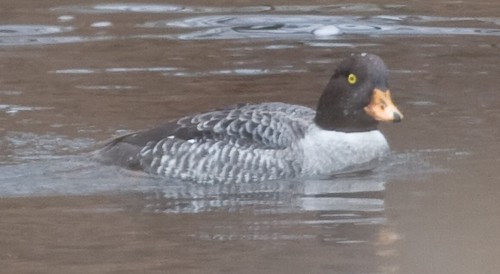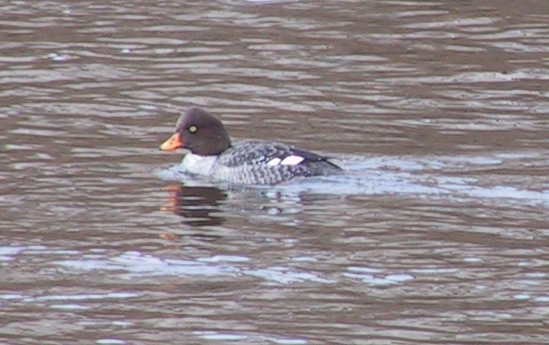Once again, taking an idea from the Canadians, here’s a December-February list for Waltham. Dates and locations are the first sighting. Birds in bold are my first Dec-Feb sighting in Waltham.
(Dating way back to free up the article version for 2009-2010)
The List:
- Canada Goose (12/2, Lyman Pond)
- Mute Swan (12/10, Hardy Pond)
- American Black Duck (12/14, Hardy Pond)
- Mallard (12/2, Lyman Pond)
- Ring-necked Duck (12/10, Hardy Pond)
- Bufflehead (2/15, Charles)
- Common Goldeneye (12/28, Charles)
- Barrow’s Goldeneye (12/28, Charles)
- Hooded Merganer (12/2, Lyman Pond)
- Common Merganser (1/2, Charles)
- Ruddy Duck (12/10, Hardy Pond)
- Great Blue Heron (12/2, Lyman Pond)
- Sharp-shinned Hawk (12/13, Lot 1)
- Cooper’s Hawk (12/20, yard)
- Red-tailed Hawk (12/6, Charles)
- American Coot (1/26, Charles)
- Ring-billed Gull (12/1, Lexington St)
- Herring Gull (12/3, Shaw’s)
- Iceland Gull (2/16, Charles)
- Lesser Black-backed Gull (2/25, Charles)
- Great Black-backed Gull (12/10, Hardy Pond)
- Rock Pigeon (12/6, Main St)
- Mourning Dove (12/3, yard)
- Eastern Screech-Owl (12/14)
- Great Horned Owl (1/2, Met State)
- Red-bellied Woodpecker (12/12, Prospect Hill)
- Downy Woodpecker (12/1, yard)
- Hairy Woodpecker (12/4, Prospect Hill)
- Northern Flicker (12/1, Paine)
- Blue Jay (12/12, Prospect Hill)
- American Crow (12/2, yard)
- Black-capped Chickadee (12/1, yard)
- Tufted Titmouse (12/1, yard)
- White-breasted Nuthatch (12/1, yard)
- Brown Creeper (12/4, Prospect Hill)
- Carolina Wren (12/7, yard)
- Golden-crowned Kinglet (12/1, Paine)
- Hermit Thrush (12/12, Prospect Hill)
- American Robin (12/3, yard)
- Northern Mockingbird (12/1, yard)
- European Starling (12/2, Trapelo)
- Cedar Waxwing (2/16, Charles)
- American Tree Sparrow (12/14, Met State)
- Song Sparrow (12/4, Prospect Hill)
- White-throated Sparrow (12/1, yard)
- Dark-eyed Junco (12/1, Paine)
- Northern Cardinal (12/3, yard)
- Red-winged Blackbird (12/14, Met State)
- Common Grackle (2/22, yard)
- House Finch (12/1, yard)
- White-winged Crossbill (2/8, Met State)
- Pine Siskin (12/4, Prospect Hill)
- American Goldfinch (12/2, Lyman Pond)
- House Sparrow (12/1, yard)
Cumulative total: 82, Mass total: later (didn’t track so it will take some time to figure…)
So a bit below the last couple years (where did the Fish Crows go?). But 4 new birds is more than last year.
